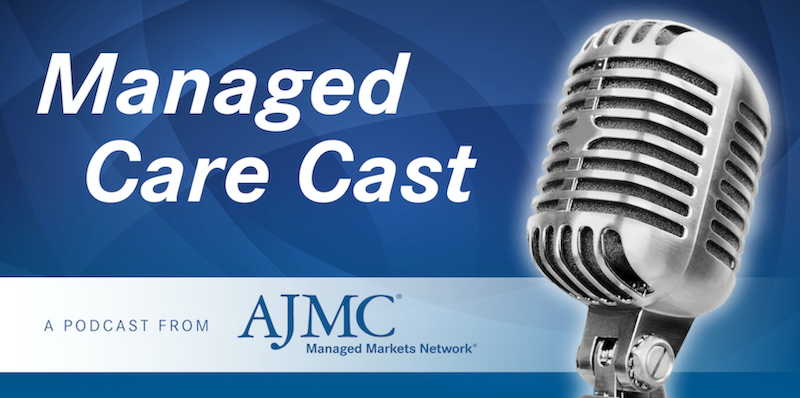Article
Humana Program Shows Importance of Addressing Social Determinants of Health
Author(s):
The Bold Goal Program began with the mission of improving health in target communities by 20% by 2020.
Humana’s Bold Goal program, an ambitious effort to address chronic conditions and overall health in its Medicare Advantage population, is making headway in addressing social determinants of health—those factors such as loneliness or nutrition that can affect a person’s health outcomes even if doctors and nurses do everything right.
In its fourth annual report on the program, Humana found that in 5 of the 7 original communities taking part in the Bold Goal initiative, the payer’s Medicare Advantage members reduced their Unhealthy Days in 2018. The program started with the goal that the communities served would be 20% healthier by 2020. While that goal may be out of reach, more than half the communities are making progress.
The Healthy Days standard is a quality-of-life measure designed by CDC that tracks the whole person’s self-reported mental and physical well-being over a 30-day period. The number of Healthy versus Unhealthy Days directly affects the likelihood that a person will be hospitalized and incur higher healthcare costs: Humana’s research shows that each Unhealthy Day translates into 10 hospital admissions per 1000 people, or $15.64 per member per month in additional costs.
Things like not having enough food or companionship fuel Unhealthy Days: Data from Humana show that loneliness can cause a MA member to have an average of 24.4 Unhealthy Days a month; food insecurity can mean an average of 26.6 days.
Humana has learned a few things during the life of this project, according to former chief medical officer Roy A. Beveridge, MD. Behavior change takes time. Patience is essential. “Health does not follow a straight line,” he writes in the report. And partnerships are necessary.
Each community where Humana operates Bold Goal has a program with a local flavor. In Baton Rouge, the mayor’s Health City initiative has pushed to increase residents’ activity and promote healthier eating in a city where 16% of the population lives in an area with limited access to healthy food stores. In New Orleans, a local Health Advisory Board and FitNOLA work to engage healthcare professionals around social determinants of health, and the program works with the American Heart Association on health literacy and advocacy. In a city known for its cuisine, 23.4% are food insecure, and the program has tapped Second Harvest and the Food Bank of Greater New Orleans to fill the void. Here, those with congestive heart failure saw a 9% improvement in their Unhealthy Days.
San Antonio, which was the original Bold Goal city in the Humana program, is now halfway to its 20% healthier goal; since 2015, the MA members here have seen a 9.8% reduction in Unhealthy Days. But Broward County, Florida, has struggled, reporting a 3.6% increase in Unhealthy Days and a rise in depression.
The other communities showing improvement are Baton Rouge and New Orleans, Louisiana; Tampa Bay, Florida; and Knoxville, Tennessee. Louisville, Kentucky, where Humana is based, showed a slight increase in Unhealthy Days from 12.66 to 12.86 per month.
Humana has also committed to screening people for social determinants of health in the 7 communities, and in 2018 screened 500,000. The payer set a new goal of screening 1 million by the end of 2019.
William Shrank, MD, MSHS, who recently became Humana’s new chief medical officer, said the key to increasing the number of Healthy Days is creating a sustainable and scalable integrated model around where patients live.
The key to reducing the number of mentally unhealthy days in Humana’s MA population will come from addressing loneliness, social isolation, and behavioral health needs, said Caraline Coats, vice president, Bold Goal Population Health Strategy. Research has shown that MA clients who have chronic conditions do not do as well if they live alone, and Coats noted that since the 1980s, rates of loneliness in adults over age 45 have doubled. With rising rates of diabetes and obesity, all this fuels rising costs in Medicare.
“The social barriers and health challenges that our Medicare Advantage members and others face are deeply personal,” Shrank said in a statement. “This requires us to become their trusted advocate than can partner with them to understand, navigate and address these barriers and challenges.”
2 Commerce Drive
Suite 100
Cranbury, NJ 08512
© 2025 MJH Life Sciences® and AJMC®.
All rights reserved.





